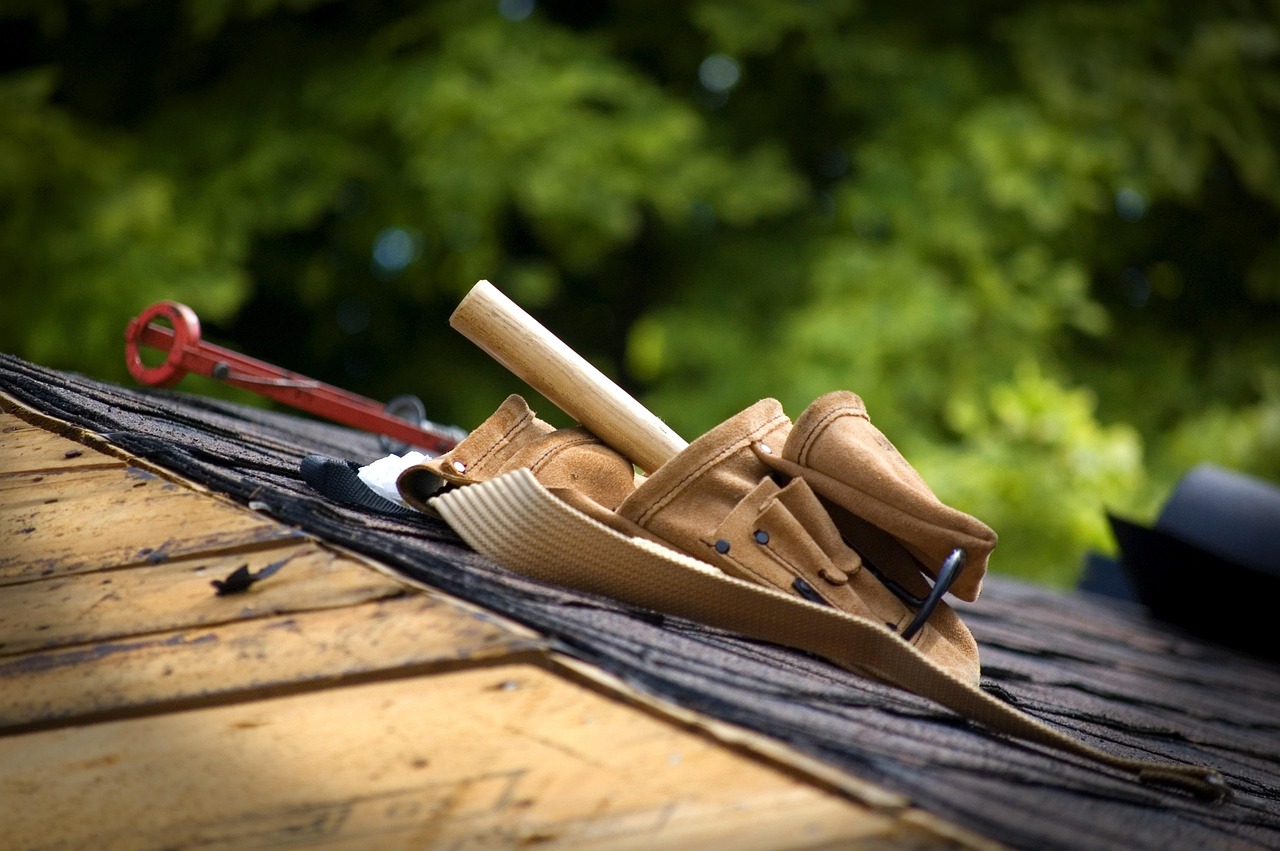Sheet metal shears are essential tools for cutting and shaping metal sheets with precision and efficiency. They come in various types, including manual, electric, and hydraulic models, each suited for different thicknesses and cutting requirements. The primary purpose of sheet metal shears is to create clean, straight cuts or smooth curves in metal sheets, reducing waste and effort.
These tools range from handheld devices for light-duty tasks to heavy-duty machines designed for industrial use. Features such as swivel heads, variable speed controls, and ergonomic designs improve user control and accuracy during cutting. Selecting the right shear depends on the material thickness and the complexity of the cuts needed.
Sheet metal shears find applications in fabrication, automotive work, HVAC, and construction projects. Understanding their capabilities allows users to handle metal cutting with greater skill and safety, ensuring better results in every project.
Types of Sheet Metal Shears
Sheet metal shears vary significantly depending on power source and complexity. Each type serves different needs, from simple cuts to high-volume, precise operations. The choice depends on factors like metal thickness, cutting speed, and required accuracy.
Manual Sheet Metal Shears
Manual shears operate by applying human force through levers or handles to cut metal sheets. They are best suited for thin metals, usually under 2mm thick. Tools like bench shears or snips fall into this category.
These shears offer simplicity and portability, making them ideal for light fabrication or repair tasks. However, manual effort increases with material thickness, limiting efficiency for larger or tougher sheets.
Safety and control are advantages here, as operators can directly manage cutting speed and pressure. They are typically less expensive and require minimal maintenance.
Electric Sheet Metal Shears
Electric shears use motor-driven blades to cut metal faster and more efficiently than manual models. They handle a wider range of thicknesses, often up to around 6mm depending on machine specifications.
These are common in small to medium fabrication shops where moderate volume and precision are needed. The consistent power reduces operator fatigue and improves cut accuracy.
Electric shears can include portable models or fixed bench units. They work well with materials like aluminum, mild steel, and some stainless steels, especially for straight or lightly curved cuts.
Hydraulic Sheet Metal Shears
Hydraulic shears rely on a hydraulic system to generate high cutting force. They are designed for heavy-duty use, capable of cutting thick sheet metal, sometimes over 20mm thick.
These machines deliver precise, clean cuts at high speed with minimal effort from the operator. They often feature adjustable back gauges for consistent repetitive cuts.
Hydraulic shears are common in industrial settings where large volumes and heavy materials are processed. They require a power source and regular maintenance but provide superior cutting capacity and durability.
Key Features and Applications
Sheet metal shears vary in design and capability, tailored to meet specific cutting needs. Their functionality centers on cutting capacity, practical uses across industries, and built-in safety features to protect operators during use.
Cutting Capacities
Sheet metal shears handle a range of thicknesses and metal types, from thin aluminum sheets to thicker steel plates. Electric and hydraulic shears offer higher cutting capacity, often managing metal up to several millimeters thick. Manual snips and smaller shears suit lighter gauge metals primarily.
Cutting capacity depends on blade length and machine power. For example, some industrial hydraulic shears can cut metal sheets over 12 mm thick, while hand tools are limited to thinner materials. Precision and edge quality also vary with shear type, affecting the choice based on application requirements.
Common Uses in Metalworking
Shears are essential in fabricating parts for automotive, aerospace, construction, and manufacturing sectors. They produce precise shapes from sheet metal, enabling complex component assembly. Common tasks include trimming, straight cuts, and shaping metal sheets or strips.
Manufacturers often select specific shear types—such as alligator or electric shears—based on production volume, metal thickness, and required accuracy. Shears are also used in prototype development and custom-made parts where flexible, fast cutting is needed without generating chips or heat.
Safety Considerations
Safety is critical when operating sheet metal shears due to sharp blades and powerful cutting force. Machines often include guards around blades and emergency stop buttons to prevent injury. Proper training and the use of personal protective equipment (PPE), including gloves and eye protection, are necessary.
Regular maintenance ensures blades remain sharp and mechanisms function correctly, reducing the risk of accidents caused by malfunction. Operators must be aware of pinch points and avoid placing hands near moving parts to maintain a safe work environment.


